GOOD AS GOLD
Figurative Language in the Elementary Classroom
Introduction | Background Knowledge | Activities | Extensions | Standards
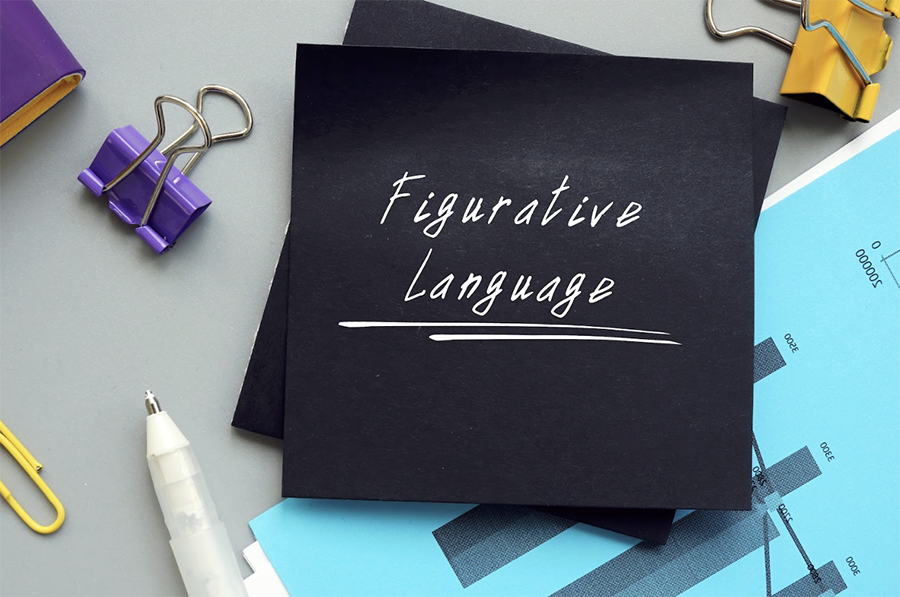
Introduction
The world is a canvas painted with the brushstrokes of nature's imagination. The sun is a beacon of hope, casting its rays like a net to capture the hearts of all who bask in its warmth. The trees are dancers, swaying in the breeze like ballerinas in a grand performance. The flowers are the sweetest perfumes, their fragrances a symphony of scents filling the air with a melodic harmony. The birds are the poets of the sky, singing sonnets to the heavens and serenading us with their sweet melodies. Figurative language is a kaleidoscope of colors, an art form that paints pictures with words and adds depth and meaning to our everyday language.
- Written with Grammarly using these AI prompts: "Write a paragraph about figurative language using figurative language."
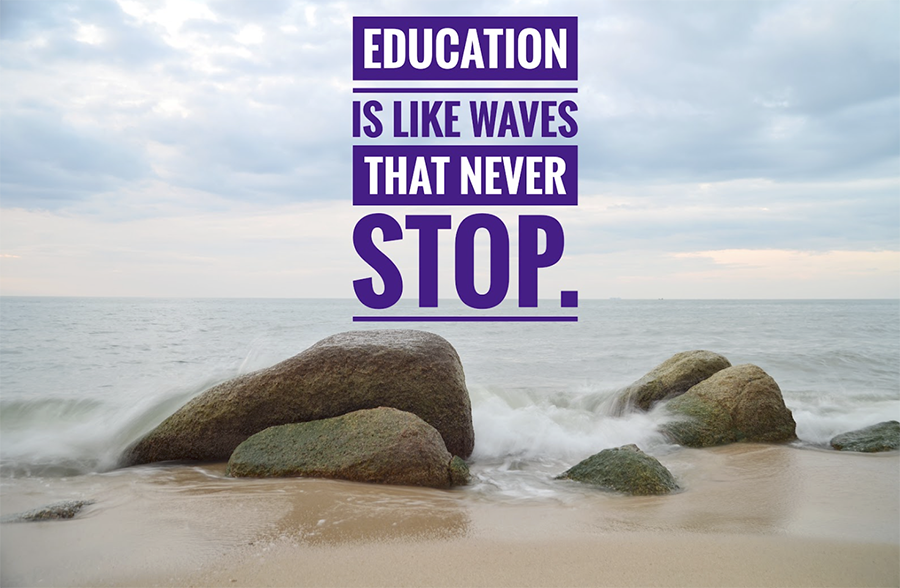
Background Knowledge
Figurative language is the use of words or phrases that are not meant to be understood in the literal sense. These figures of speech enhance the written and spoken word. This type of language aims to be more impactful and effective. These words and phrases can suggest connections between ideas or deepen thoughts. Figurative language can also make complex concepts more accessible.
Students should be familiar with the most common types of figurative language:
Simile - A simile compares two things using like or as. "The sunset is pretty as a picture" and "the little girl swims like a fish" are both examples of similies.
Metaphor - A metaphor compares two things without using like or as. "His smile was the Grand Canyon" is an example of a metaphor.
Personification - Personification is giving human qualities to non-human things. "The dragonfly danced across the pond" is an example of personification.
Onomatopoeia - Onomatopoeia is a word that sounds like the noise it describes. "Boing," boom,' and "moo" are examples of onomatopoeia.
Idiom - An idiom is a group of words with a meaning that is not easily found in the meaning of the individual words. "It's raining cats and dogs" is an idiom.
Hyperbole - Hyperbole is an exaggeration. "I've been waiting a million years for you to get here" is an example of hyperbole.
Allusion - An allusion is a reference to a famous person, story, event, or object. "Donuts are my kryptonite" is an example of an allusion.
Teachers can introduce figurative language through literature, books, and poems before expecting students to use it in their writing.
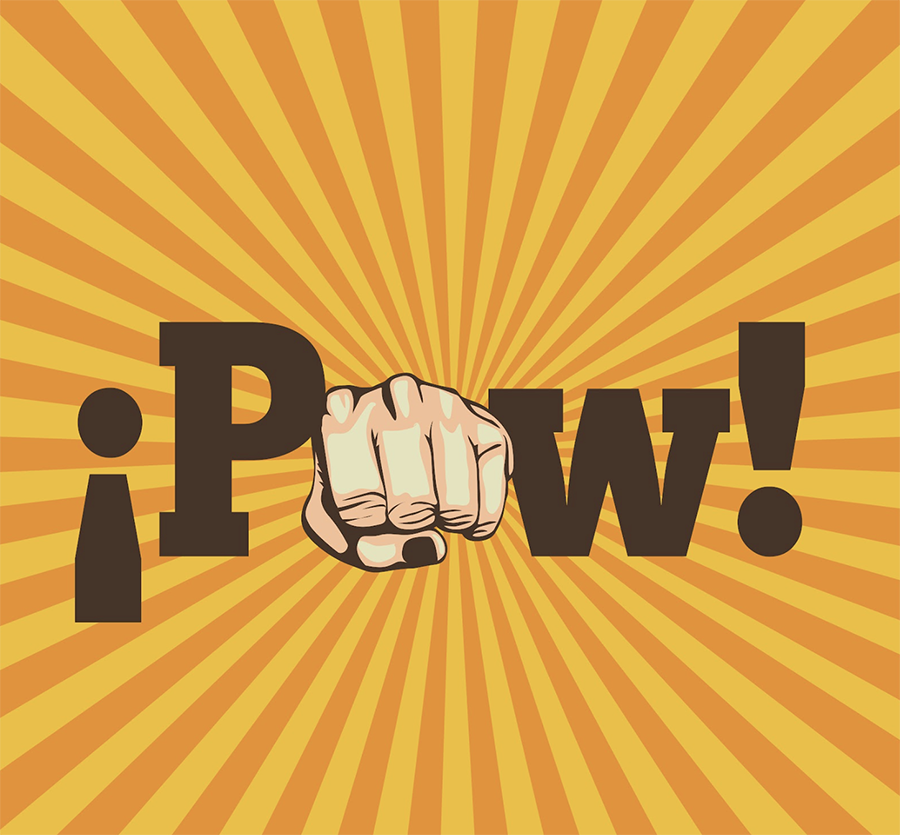
Activities
-
Similes
-
READ
- Crazy Like a Fox: A Simile Story by Loreen Leedy (ISBN 978-08234224870)
- My Dog is as Smelly as Dirty Socks by Hanoch Piven (ISBN 978-0307930897)
- Dangerously Ever After by Dashka Slater (ISBN 978-0803733749)
- Stubborn as a Mule and Other Silly Similes by Nancy Loewen (ISBN 978-1404867154)
- Seven Blind Mice by Ed Young (ISBN 978-0698118959)
-
DO
- Make a Mix and Match Book to illustrate similes. Genially (TeachersFirst review) offers many digital alternatives for this activity. Start with the links to view the templates in the Gamification and Interactive Images sections to find some ideas to try.
- Practice identifying similes by playing Is it an Idiom, Metaphor, or Simile Classification Activity shared on Mr. Nussbaum's Language Arts Activities Page (TeachersFirst review)
- Use story creation tools found at MagicSchool.ai (TeachersFirst review) to generate stories using similes in different content areas. For example, use the Math Story Word Problem generator with a story topic of similes to create word problems that use similes or use the Academic Content Creator generator to create original stories of any length and any topic that includes similes.
-
Listen for similes in favorite songs and nursery rhymes. Two examples include:
- Twinkle Twinkle Little Star ("Like a diamond in the sky")
- Mary Had a Little Lamb ("Its fleece was white as snow")
-
READ
-
Metaphors
-
READ
- My Mouth is a Volcano by Julia Cook (ISBN 978-1931636858)
- You're Toast and Other Metaphors We Adore by Nancy Loewen (ISBN 978-1404867178)
- I Am Peace by Susan Verde (ISBN 978-1419727016)
- My School's a Zoo by Stu Smith (ISBN 978-0439888134)
- Pigsty by Mark Teague (ISBN 978-0439598439)
-
DO
- Play The Metaphor Game in the classroom. One student thinks of another they know reasonably well. The other students guess the person using metaphor questions. (For example, "If this person were a tree, which tree would they be? They would be an oak tree.") The other students guess who the mystery person is.
- Get students thinking about the similarities of two unlike things with this Metaphor Game.
- Integrate metaphors into writing with this step-by-step art project.
-
READ
-
Personification
-
READ
- School's First Day of School by Adam Rex (ISBN 978-1596439641)
- My Friend Earth by Patricia MacLachlan (ISBN 978-0811879101)
- Exclamation Mark by Amy Krouse Rosenthal (ISBN 978-1338826456)
- Lena's Shoes Are Nervous by Keith Calabrese (ISBN 978-1534408944)
- Spoon by Amy Krouse Rosenthal (ISBN 978-1423106852)
-
READ
-
DO
- Learn about cowbirds and personification with this PBIS lesson.
- Have students create cartoons demonstrating personification using the Comic Creator interactive at ReadWriteThink (TeachersFirst review).
-
READ
- Slop Goes the Soup by Pamela Duncan Edwards (ISBN 978-0786804696)
- Squeak! Rumble! Whomp! Whomp! Whomp! By Wynton Marsalis (ISBN 978-1536221961)
- Muncha! Muncha! Muncha! by Candace Fleming (ISBN 978-0689831522)
- When Papa Snores by Melinda Long (ISBN 978-0689819438)
- Galactic Radio: A Wacky Onomatopoeia Book by FlitzyBooks.com (ISBN 978-1945168925)
-
DO
- Illustrate an example of onomatopoeia.
- Share this list of onomatopoeia examples.
- Check out this list of activities to teach onomatopoeia.
- Use this Poem Generator (TeachersFirst review) to write poems with students that include onomatopoeias.
-
READ
- Parts by Tedd Arnold (ISBN 978-0140565331).
- Wordy Birdy by Tammi Sauer (ISBN 978-0593118986)
- The World is Your Oyster by Tamara Jones (ISBN 978-1927018996)
- The Cat's Pajamas by Wallace Edwards (ISBN 978-1554533084)
- Raining Cats and Dogs by Will Moses (ISBN 978-0399242335)
-
DO
- Host a Dress Up Like an Idiom Day! Encourage the school community to dress like an idiom and see if others can guess which idiom they chose.
- Challenge students to write a story using as many idioms as they can.
-
READ
- Parts by Tedd Arnold (ISBN 978-0140565331)
- Alexander and the Terrible, Horrible, No Good Very Bad Day by Judith Viorst (ISBN 978-0689711732)
- Achoo! by Simon Philip (ISBN 978-1526623737)
-
DO
- Illustrate the hyperbole. See if other students can guess the hyperbole before the original artist labels the picture.
- Read and write tall tales as examples of hyperbole.
-
READ
- Piggie Pie by Margie Palatini (ISBN 978-0395866184)
- Duck for President by Doreen Cronin (ISBN 978-0689863776)
-
DO
- Introduce students to popular myths and teach them about mythical allusions.
- Explicitly teach about allusions with this video.
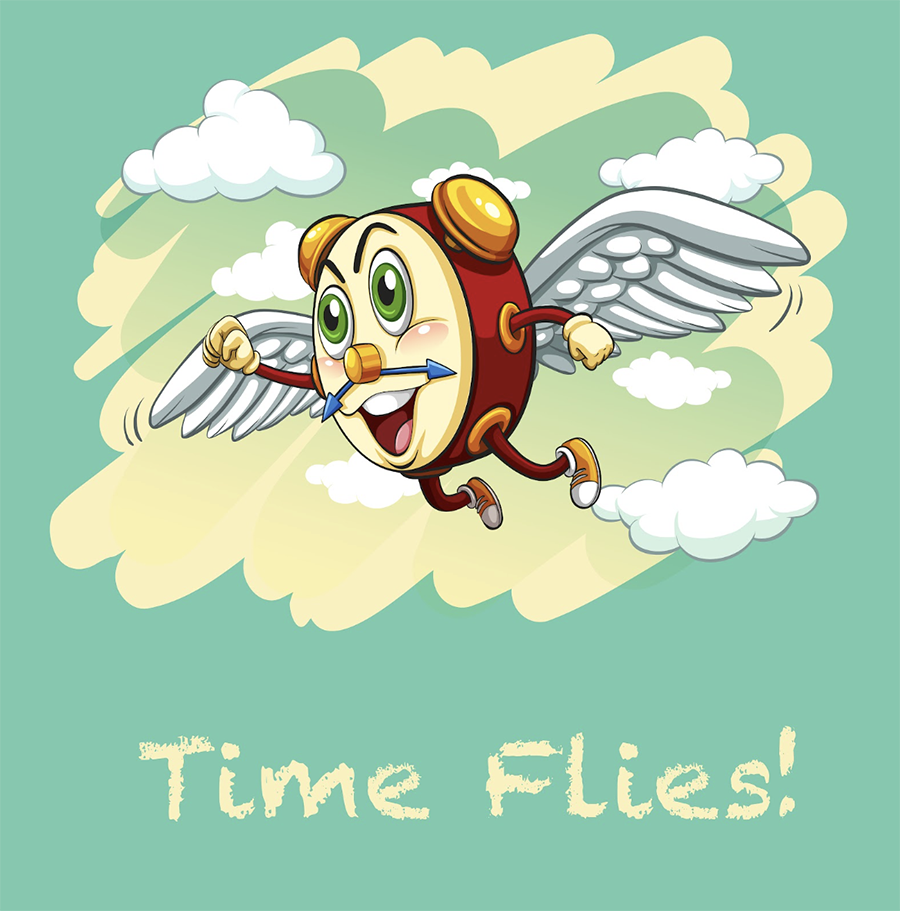
Extensions
-
Different Perspectives
- Choose a topic from science or social studies. Have students show what they know using figurative language. Present the student-created figurative language with Canva (TeachersFirst review).
-
Writing with Figurative Language
- Give students a topic and expectations for figurative language. Encourage them to write a paragraph or story. For example, you are starting a new school in a new state. Write about your first day using two similes and two metaphors.
- Use A Year of Picture Prompts (TeachersFirst review) as a resource for finding images to use as story or paragraph topics.
-
Research Brand Slogans
- Give students a list of slogans from popular brands. Students identify the figurative language that is used in the slogan. (For example, "America runs on Duncan" is an example of personification.)
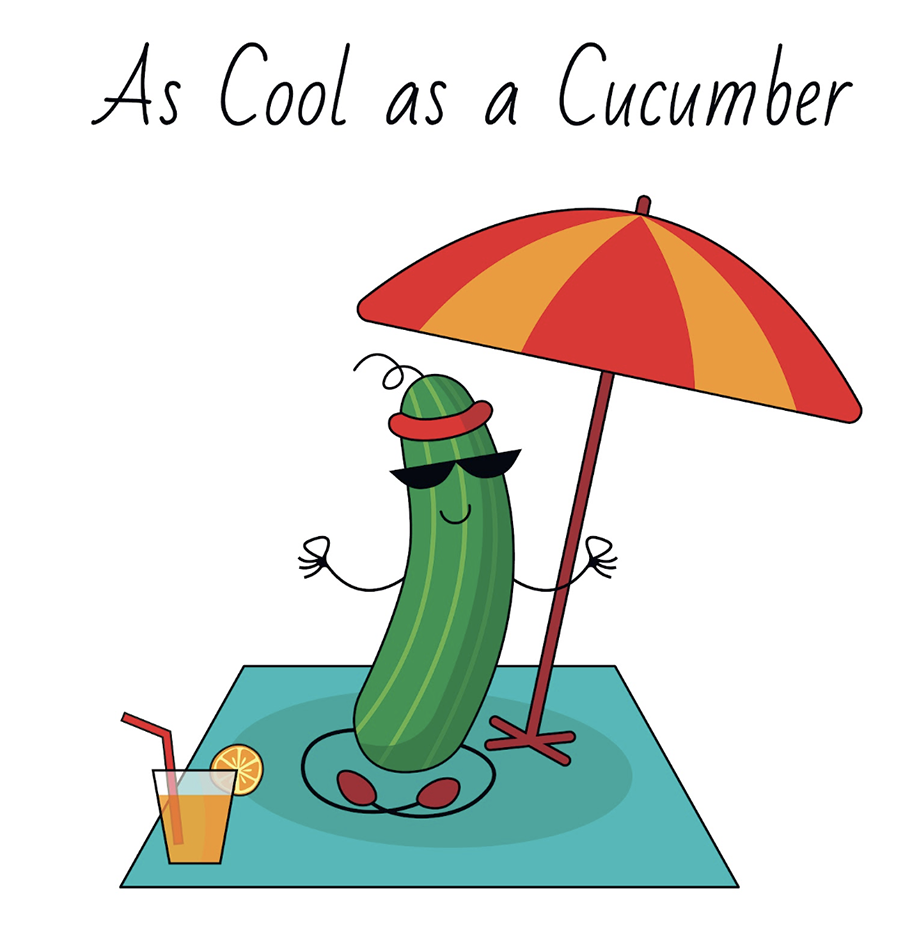
Correlation to Standards
-
AASL National School Library Standards
- Inquire Shared Foundation, Think Domain - Learners display curiosity and initiative by: 1. Formulating questions about a personal interest or a curricular topic. 2. Recalling prior and background knowledge as context for new meaning.
- Inquire Shared Foundation, Share Domain - Learners adapt, communicate, and exchange learning products with others in a cycle that includes: 1. Interacting with content presented by others. 2. Providing constructive feedback. 3. Acting on feedback to improve. 4. Sharing products with an authentic audience.
- Include Shared Foundation, Share Domain - Learners exhibit empathy with and tolerance for diverse ideas by: 1. Engaging in informed conversation and active debate. 2. Contributing to discussions in which multiple viewpoints on a topic are expressed.
- Include Shared Foundation, Grow Domain - Learners demonstrate empathy and equity in knowledge building within the global learning community by: 1. Seeking interactions with a range of learners.
- Collaborate Shared Foundation, Think Domain - Learners identify collaborative opportunities by: 1. Demonstrating their desire to broaden and deepen understandings. 2. Developing new understandings through engagement in a learning group. 3. Deciding to solve problems informed by group interaction.
- Collaborate Shared Foundation, Create Domain - s Learners participate in personal, social, and intellectual networks by: 1. Using a variety of communication tools and resources. 2. Establishing connections with other learners to build on their own prior knowledge and create new knowledge.
- Collaborate Shared Foundation, Grow Domain - Learners actively participate with others in learning situations by: 2. Recognizing learning as a social responsibility.
- Explore Shared Foundation, Think Domain - Learners develop and satisfy personal curiosity by: 1. Reading widely and deeply in multiple formats and writing and creating for a variety of purposes.
- Explore Shared Foundation, Create Domain - Learners construct new knowledge by: 1. Problem solving through cycles of design, implementation, and reflection.
- Explore Shared Foundation, Share Domain - Learners engage with the learning community by: 3. Collaboratively identifying innovative solutions to a challenge or problem.
- Explore Shared Foundation, Grow Domain - Learners develop through experience and reflection by: 1. Iteratively responding to challenges. 2. Recognizing capabilities and skills that can be developed, improved, and expanded. 3. Open-mindedly accepting feedback for positive and constructive growth.
-
ISTE Standards for Students
- Empowered Learner - 1b. Students build networks and customize their learning environments in ways that support the learning process. 1c. Students use technology to seek feedback that informs and improves their practice and to demonstrate their learning in a variety of ways.
- Knowledge Constructor - 3d. Students build knowledge by actively exploring real-world issues and problems, developing ideas and theories, and pursuing answers and solutions.
- Innovative Designer - 4d. Students exhibit a tolerance for ambiguity, perseverance, and the capacity to work with open-ended problems.
- Global Collaborator - 7c. Students contribute constructively to project teams, assuming various roles and responsibilities to work effectively toward a common goal.
